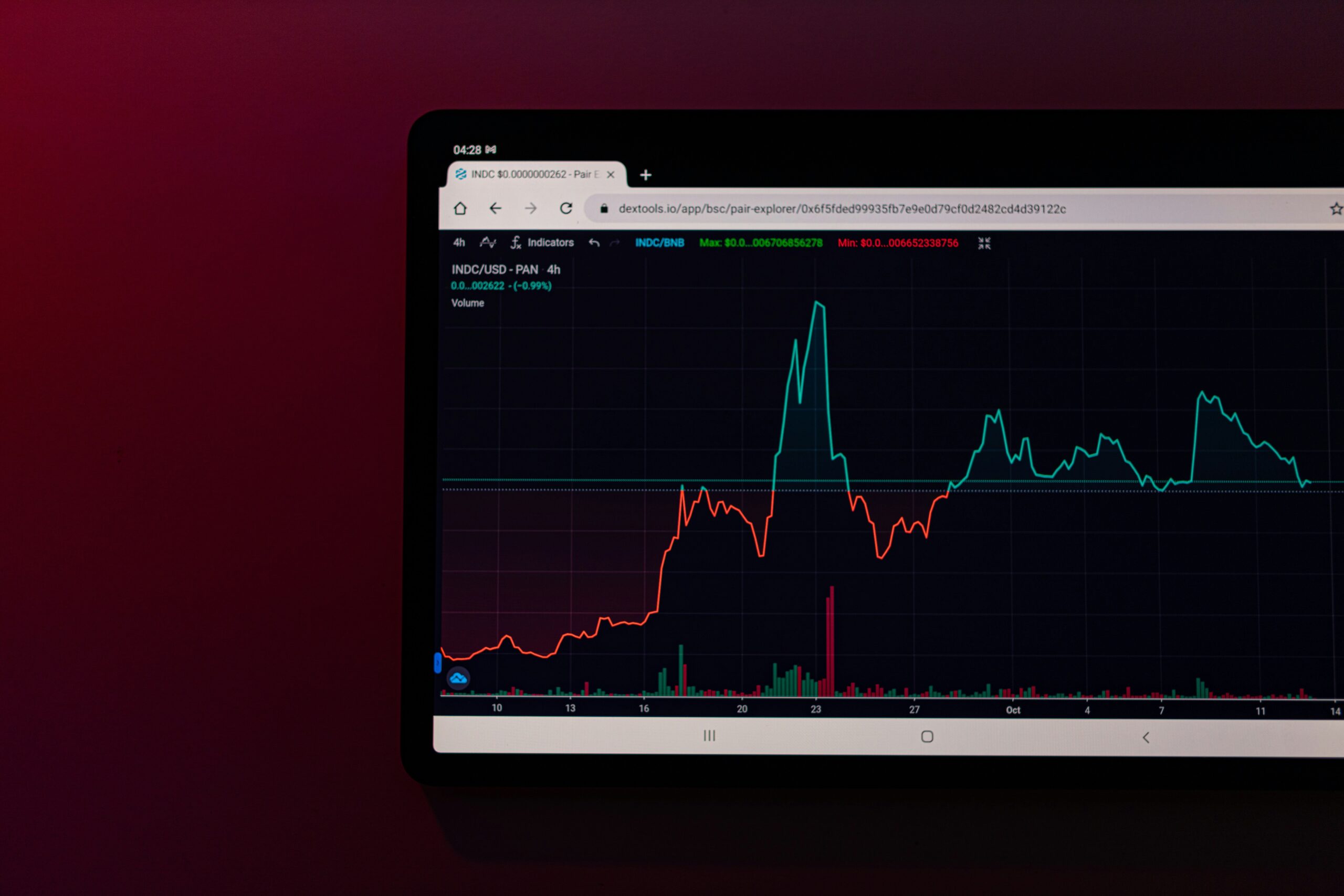“Ever spent days drafting a patent only to find out someone else already owns it? Yeah, us too.”
Welcome to the ultimate guide on IP Monitoring Documentation, where we bridge the gap between patent protection and peace of mind. If you’ve ever worried about intellectual property theft or wondered how patent infringement insurance works, this post is for you.
In this article, you’ll learn:
- What makes IP Monitoring Documentation essential for businesses today
- A step-by-step approach to creating effective documentation
- Tips for leveraging tools that streamline IP monitoring
- Real-life examples of businesses saved by proactive IP strategies
Table of Contents
- Key Takeaways
- Why IP Monitoring Matters
- Step-by-Step Guide to IP Monitoring Documentation
- Tips and Best Practices for Effective IP Monitoring
- Success Stories: Real-Life Examples
- Frequently Asked Questions
Key Takeaways
- IP Monitoring Documentation protects your business from costly legal battles over patents and trademarks.
- Patent infringement insurance can save companies millions if implemented correctly.
- Automation tools make tracking competitors’ IP activity easier than ever before.
- Ignoring IP risks could lead to lawsuits that cripple small-to-medium-sized enterprises (SMEs).
Why IP Monitoring Matters
Imagine this: You’ve just launched an innovative product after months of development—only to receive a cease-and-desist letter claiming you violated another company’s patent.
This nightmare scenario isn’t uncommon. According to a recent report, patent infringement lawsuits cost U.S. companies $30 billion annually. SMEs bear the brunt of these costs due to limited resources and lack of preparedness.

Here’s the good news: Properly structured IP Monitoring Documentation combined with patent infringement insurance acts as a shield against such threats. By documenting every step of your innovation journey, you create a defensible record should disputes arise.
Step-by-Step Guide to IP Monitoring Documentation
Creating robust IP Monitoring Documentation might sound daunting, but it doesn’t have to be. Let’s break it down:
Step 1: Identify Your Core IP Assets
Optimist You: “Let’s list all our innovations!”
Grumpy You: “Ugh, fine—but don’t forget those boring utility patents!”
Begin by cataloging everything you consider intellectual property, including patents, trademarks, copyrights, and trade secrets. Organize them into categories like inventions, designs, branding elements, etc.
Step 2: Choose an IP Monitoring Tool
Leverage technology to keep tabs on new filings related to your niche. Tools like Google Patents or specialized platforms like IPfolio automate much of the work. These services alert you when similar patents are filed, so you stay ahead of potential conflicts.
Step 3: Document Everything (Seriously)
Sounds tedious, right? But here’s why it matters: Every meeting note, brainstorm session summary, and prototype sketch becomes crucial evidence in case of litigation. Ensure all documents include timestamps and contributor names.
Step 4: Set Up Alerts for Competitors’ Activity
This one’s chef’s kiss for staying competitive. Track what your rivals are doing in terms of filing patents or launching products. It not only helps avoid overlap but also sparks ideas for differentiation.
Tips and Best Practices for Effective IP Monitoring
To get the most out of your efforts, follow these guidelines:
- Create a Centralized Repository: Store all IP files securely using cloud-based solutions like Google Drive or Dropbox.
- Review Regularly: Schedule monthly reviews to update documentation and monitor changes in IP laws.
- Invest in Training: Educate your team on the importance of IP protection—they’re your first line of defense!
- Don’t Ignore Trademarks: While patents grab attention, neglecting trademarks leaves your brand vulnerable.
Terrifying Tip Warning!
Avoid relying solely on manual checks for competitor patents. Why? Because missing even one critical entry feels like your laptop fan during a 4K render—whirrrr, burning up both time and money.
Success Stories: Real-Life Examples
Take inspiration from Acme Tech Solutions, a mid-sized software firm that dodged disaster thanks to meticulous IP Monitoring Documentation. When a competitor accused them of copying features, their records proved otherwise, saving millions in legal fees.
![]()
Frequently Asked Questions
What Is IP Monitoring Documentation?
It’s a comprehensive record of your intellectual property assets designed to track, manage, and protect against infringement claims.
Do Small Businesses Need Patent Infringement Insurance?
Absolutely. Even startups face IP disputes since larger firms often target smaller players who lack robust defenses.
How Much Does IP Monitoring Cost?
Depends on the tools and services used. Free options exist (like Google Patents), but premium solutions provide more advanced features at varying price points.
Conclusion
Protecting your intellectual property is no longer optional—it’s essential. With solid IP Monitoring Documentation and reliable patent infringement insurance, you safeguard your business while fostering innovation. Follow the steps outlined above, embrace best practices, and remember:
“Like Pac-Man chasing dots, consistency wins the game.”
HAIKU TIME:
Patents in danger, Docs save your hard work from theft, Peace of mind restored.


